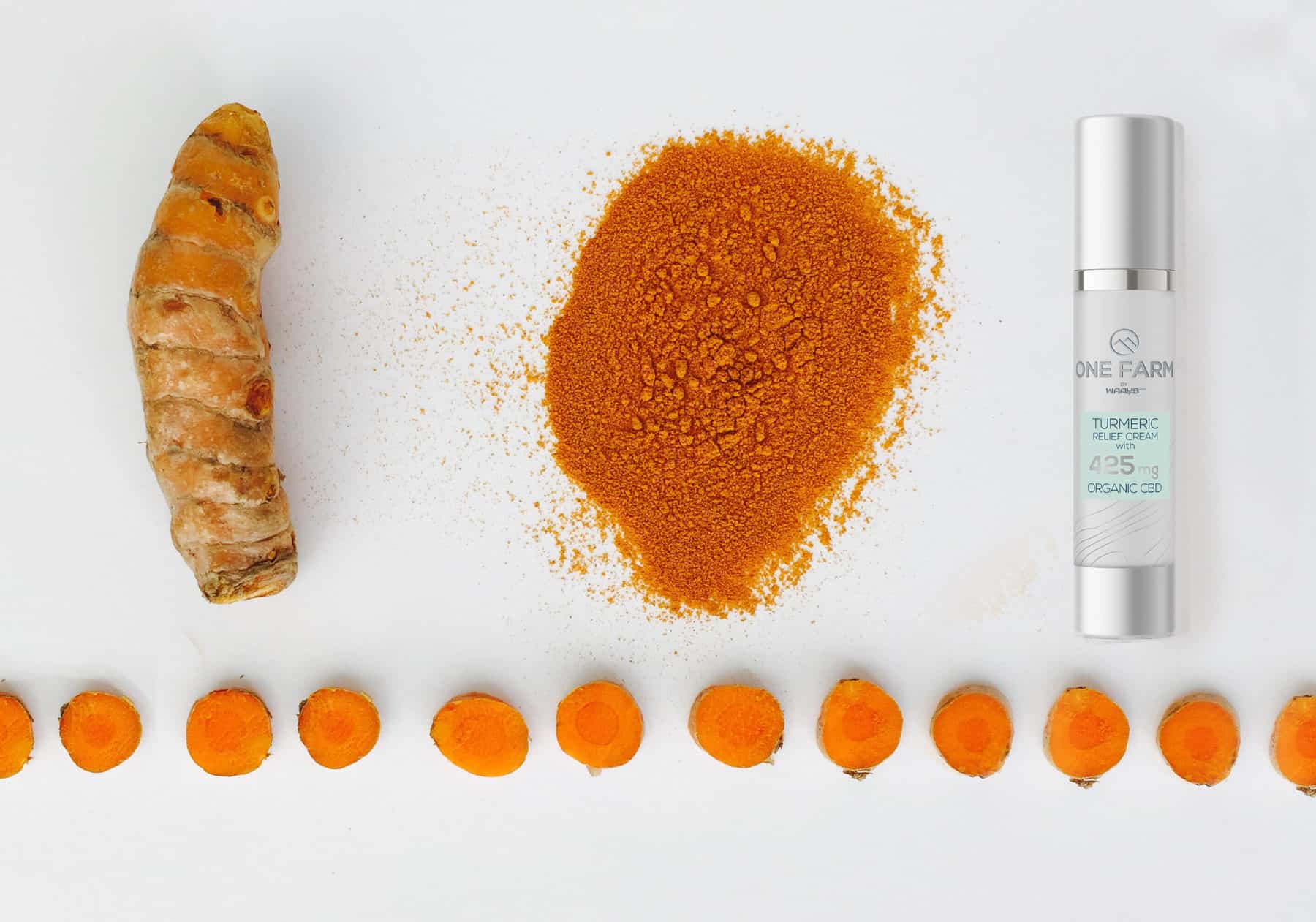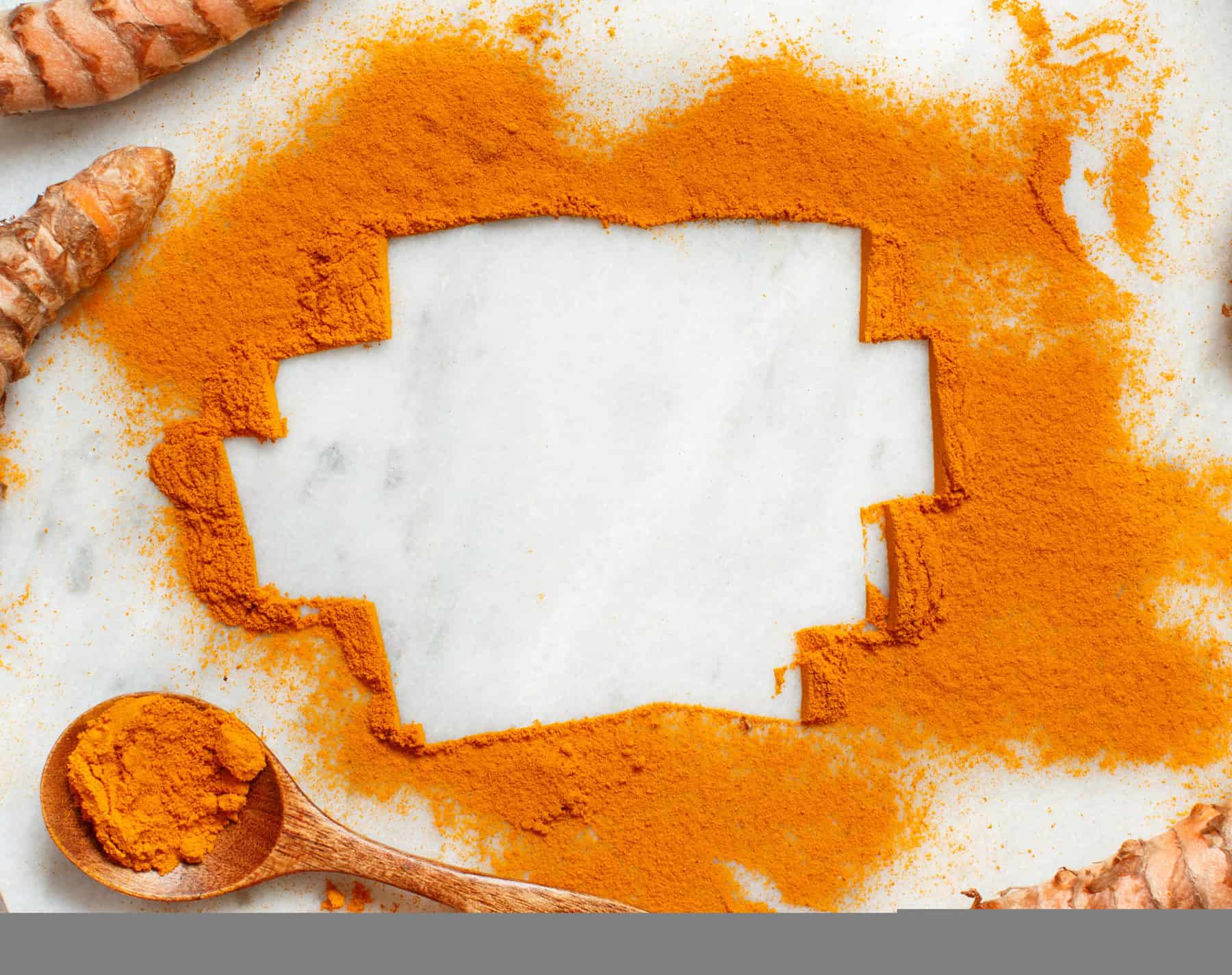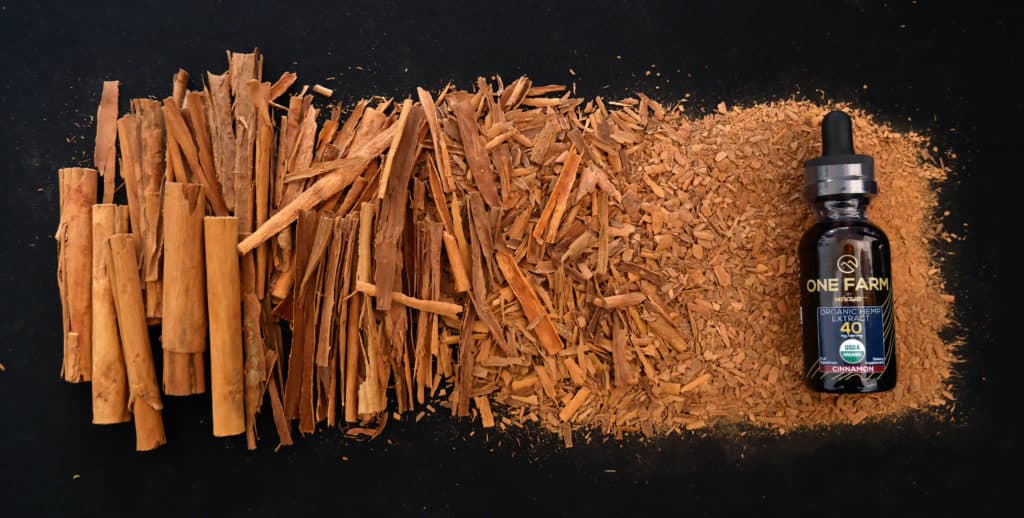Turmeric Benefits
Turmeric’s anti-inflammatory benefits have been known for thousands of years, as documented in ancient Sanskrit medical treatises describing using it to treat sprains, inflammation, and swelling.

Inside The super Spice
TURMERIC
Straight from the Source
Turmeric
Turmeric, or Curcuma longa, which is part of the ginger family, is a perennial, rhizomatous, herbaceous plant native to the Indian subcontinent and Southeast Asia.
History
The use of turmeric dates back nearly 4,000 years to the Vedic culture in India, where it was used as a culinary spice and had some religious significance.
From India, it spread to southeast Asia along with Hinduism and Buddhism, as the yellow dye was used to color the robes of monks and priests.
In 1280, Marco Polo referenced the spice and was stunned that there was a vegetable that exhibited qualities so similar to saffron.
Today it is cultivated all over the tropics; however, India still produces nearly all of the world’s turmeric and consumes over 80%.
Harvest
Turmeric is harvested once a year when the flowers fade, and the leaves begin to yellow. The tops of the plants are sheared to make harvesting the rhizomes easier, and then the ground is watered so that they can be easily dug up.
Anatomy
Turmeric plants can reach 3.5 feet in height and bear long simple leaves with long leaf stems. The leaves emerge from the rhizomes that lie just below the soil surface. The rhizomes can range from brown to pale yellow depending on their age, and they produce small yellow-orange flowers that bloom between the axils of waxy bracts.
Etymology
The name turmeric derives from the Latin word terra merite, which translates to meritorious earth. This name refers to the bright yellow coloring of ground turmeric – in French, the translation is simply yellow root!
Turmeric Benefits
Modern studies reveal that turmeric is a potent antioxidant, anti-inflammatory, and antimicrobial.
Historical Uses
The Ayurvedic culture of India has used turmeric to treat sprains, inflammation, lesions, swelling, for thousands of years. It was even incorporated in some of the world’s first beauty practice rituals.
Other Potential Benefits* of Turmeric:
- Reduce inflammation from arthritis or injury
- Cleanse wounds and stimulate their recovery
- Reduce redness and scaring
- Calm the skin by targeting pores
Turmeric’s Leading Source
Turmeric is widely cultivated mainly in India , China, Taiwan, Indonesia, Sri Lanka, Java, Brazil, Peru, many parts of Africa and Australia.



